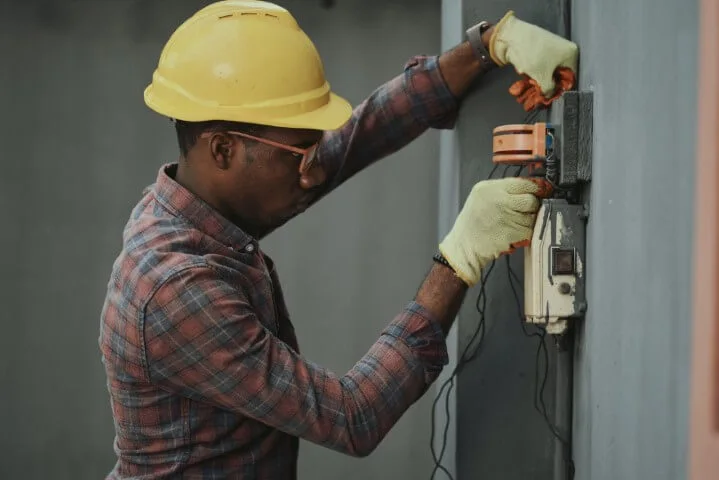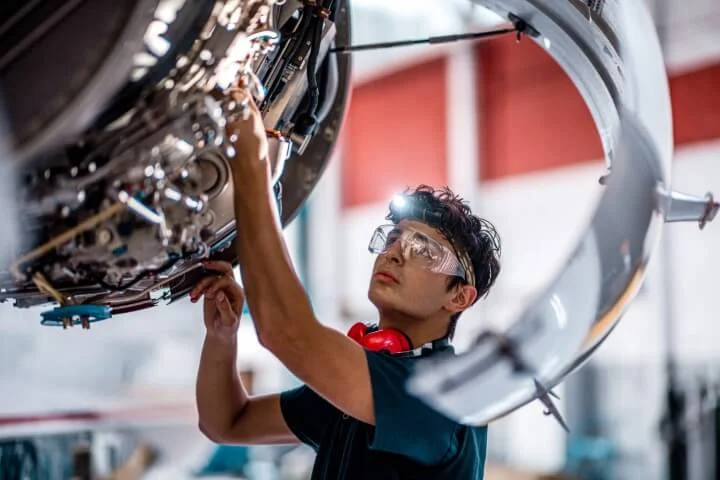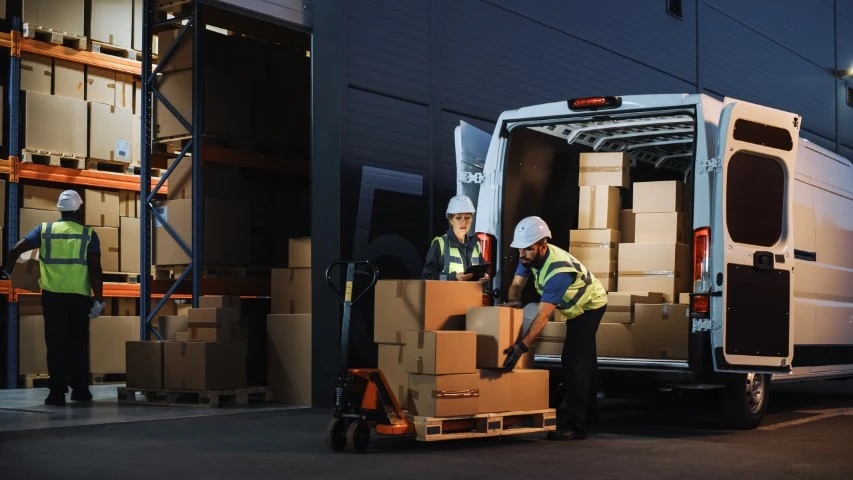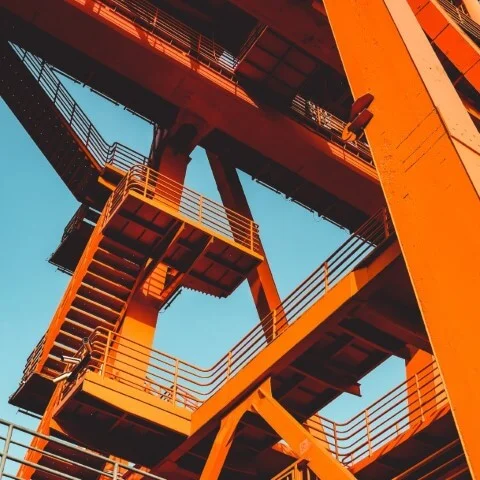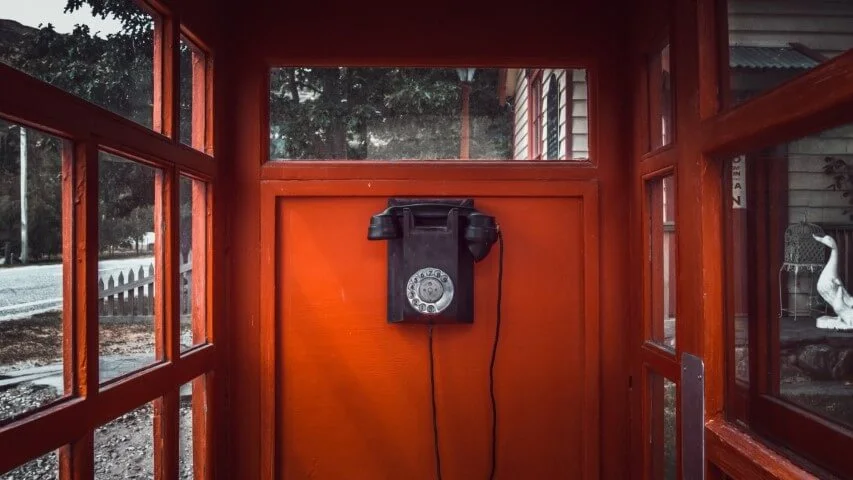The Emergence Of Building Information Modelling For Construction Safety
The Emergence Of Building Information Modelling For Construction Safety
Building information modelling (BIM) is a well-established technology within the construction industry and is widely used to visualize building design, improve project timelines and collaboration between project parties. BIM can be thought of as a type of 3D CAD model but with additional levels of complexity. For example, some BIM models can graphically represent various stages of the project lifecycle from construction through to completion and include time data (4D BIM) for construction site planning as well as cost data (5D BIM) for budget tracking (see Verdantix Best Practices: Extending The Value Of BIM Through The Building Lifecycle). Although not commonly linked to safety use cases, there is evidence of some EHS teams successfully leveraging BIM models to improve construction safety performance and training engagement.
The application of BIM technology to construction safety could prove transformative for an industry which faces significant health and safety challenges. In Great Britain, the construction sector results in 61,000 non-fatal injuries to workers each year. While analysis by the Center for Construction Research and Training found that over a 45-year career, construction workers have a 75% chance of suffering a disabling injury. Clearly, effective technology solutions that mitigate the risk of injuries are welcome additions for construction EHS teams, but how should BIM be utilized in practice?
A common pathway applied in industry involves combining BIM model data with virtual reality (VR) technology to conduct virtual walk-throughs and highly realistic safety training. Consider Anglican Water’s @OneAlliance, a water treatment centre design and construction firm, which utilized IrisVR’s Prospect solution to rapidly convert BIM models into VR experiences, often within 10-15 minutes. @OneAlliance trialled VR for site safety training on construction projects, enabling workers to learn in an immersive 3D environment that matched real-world conditions. Learning in this way improved awareness around the plant, particularly for moving machinery at blind junctions. Not only did VR models prove to be effective training tools, but they were also used to perform ‘safe to operate’ reviews earlier in the project lifecycle. Conducting walkthroughs in VR provides EHS teams with previously unattainable insights into the size and scale of sites, allowing design flaws and construction site layout errors to be spotted earlier in the construction process. For instance, during a VR walkthrough plant operators instinctively ducked to avoid hitting their heads on a cemented cabinet, leading to a plant design change.
BIM data could prove an invaluable resource for construction EHS teams in designing out safety risks. Verdantix anticipates that as BIM models grow in complexity and the adoption rate of VR technology increases, EHS teams will find further value in these resources. To understand more about emerging technologies and their EHS use cases, see our latest research.
